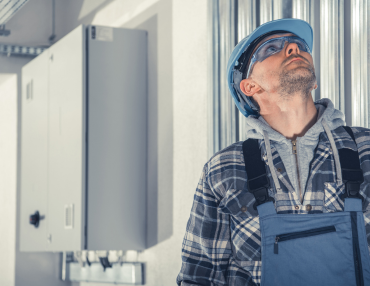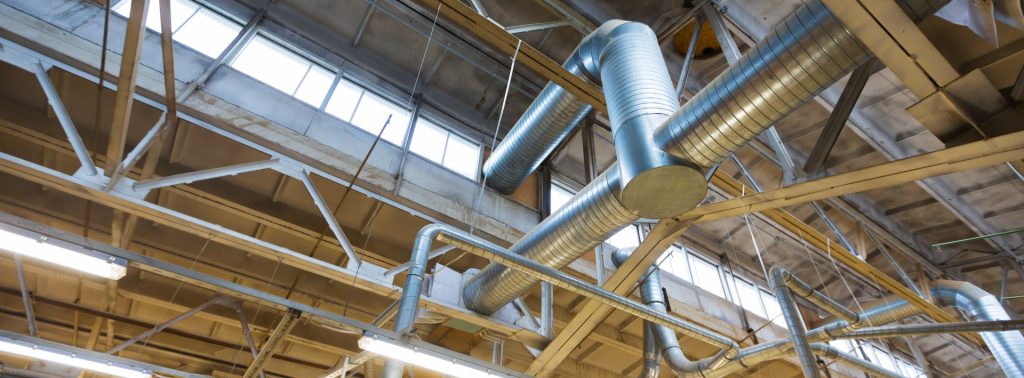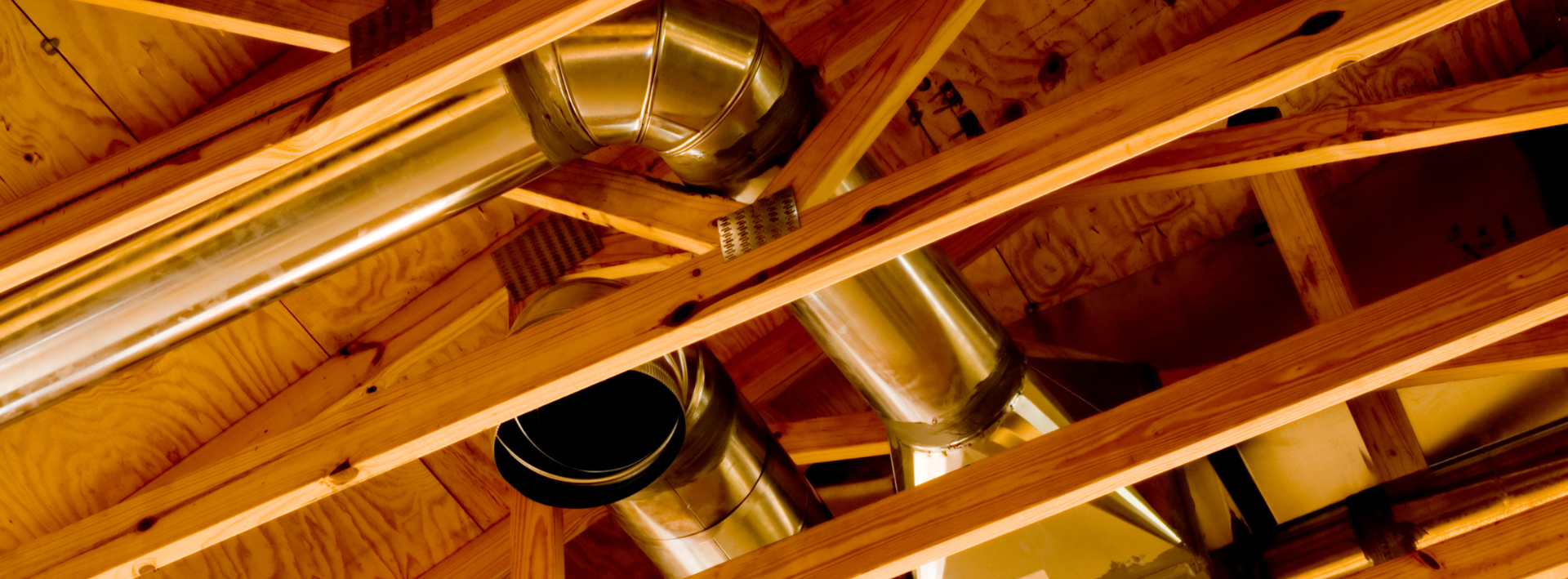Proper ventilation is vital for maintaining a healthy and comfortable indoor environment in buildings. However, an often overlooked aspect of ventilation systems is the design and installation of ductwork.
In this article, we will explore the significance of ductwork design and its impact on efficient ventilation. From understanding the basics to discussing the benefits and common issues, we’ll emphasize the importance of professional ductwork installation.
So, let’s dive in and discover why proper ductwork design is essential for effective ventilation.
Understanding Ductwork Design
Ductwork serves as the network that delivers and distributes fresh air throughout a building while removing stale air. It consists of various components such as duct sizing, layout, material selection, airflow calculations, and pressure considerations.
Proper ductwork design involves meticulously planning these elements to ensure optimal performance and efficiency. Moreover, it is crucial to take into account the building layout and occupancy requirements to create a well-functioning ventilation system.
Benefits of Proper Ductwork Design
✔ Improved Indoor Air Quality | One of the primary benefits of proper ductwork design is the enhancement of indoor air quality. By effectively removing pollutants and contaminants, ductwork prevents their circulation within the building. Additionally, it helps in eliminating stagnant air and condensation, reducing the risk of mold growth and improving overall air freshness. |
✔ Enhanced Energy Efficiency | Efficient ductwork design contributes to energy savings and sustainability. When ducts are properly sized, sealed, and insulated, they minimize air leakage and ensure optimal airflow distribution. This, in turn, reduces energy consumption by allowing HVAC systems to operate more efficiently. By maximizing energy efficiency, proper ductwork design not only benefits the environment but also lowers utility costs for building owners. |
✔ Increased Comfort Levels for Occupants | Well-designed ductwork plays a crucial role in maintaining comfortable indoor conditions. It helps achieve balanced temperature and humidity control throughout the building. Properly distributed airflow eliminates hot and cold spots, ensuring a consistent and pleasant environment for occupants. Additionally, adequate ventilation provided by well-designed ductwork helps reduce noise levels, promoting a peaceful atmosphere. |
Common Issues with Improper Ductwork Design
Unfortunately, many buildings suffer from poor ductwork design, leading to various issues that compromise ventilation effectiveness and efficiency. Some common problems include the following!
✖ Airflow Restrictions and Inefficiencies | Improperly sized or laid out ducts can cause restrictions in airflow. Undersized ducts can create pressure imbalances, leading to reduced airflow and strain on the HVAC system. Conversely, oversized ducts can result in inefficient energy use. Additionally, leakage and insulation problems can further hinder airflow and waste energy. |
✖ Inconsistent Temperature Distribution | Inadequate ductwork design often leads to inconsistent temperature distribution throughout a building. This can result in uncomfortable hot and cold spots, making certain areas unpleasant for occupants. Insufficient ventilation in specific zones can further exacerbate temperature imbalances and compromise indoor comfort. |
✖ Higher Energy Costs and System Failures | Improper ductwork design can significantly impact energy costs. Inefficient airflow and suboptimal distribution strain HVAC equipment, leading to increased energy consumption. Over time, this not only drives up utility bills but also increases the likelihood of system failures, requiring costly repairs and replacements. |
Importance of Professional Ductwork Installation


To ensure proper ductwork design and installation, it is crucial to seek the expertise of trained professionals. Professional installers have the knowledge and experience necessary to handle complex duct sizing, layout, and sealing techniques.
They also ensure compliance with building codes and regulations, guaranteeing a safe and efficient ventilation system. By investing in professional ductwork installation, building owners can avoid common mistakes and enjoy the long-term benefits of a well-designed system.
Maintenance and Regular Inspections
In addition to the original installation, ductwork must undergo routine maintenance and inspections in order to ensure its continued functionality and longevity. The maintenance of appropriate airflow and the prevention of possible problems may be accomplished by routine cleaning, the removal of debris, and checks for leaks and damage.
The ventilation system will continue to provide occupants with a healthy and comfortable indoor environment if it is subjected to regular reviews and performance assessments. These evaluations and assessments are performed on a periodic basis.
Conclusion – Breathe Easy with Proper Ductwork Design

Proper ductwork design and installation are vital for efficient and effective ventilation systems in buildings. By focusing on duct sizing, layout, and material selection, we can enhance indoor air quality, improve energy efficiency, and increase comfort levels for occupants. Avoiding common issues associated with improper ductwork design, such as airflow restrictions and inconsistent temperature distribution, will result in lower energy costs and fewer system failures.
Investing in professional ductwork installation and regular maintenance practices ensures optimal performance and extends the lifespan of the ventilation system. So, let’s prioritize proper ductwork design and installation to breathe easy and create healthier, more comfortable indoor environments.




